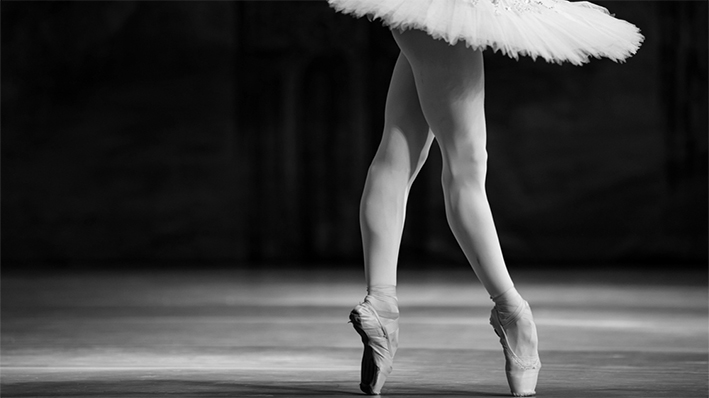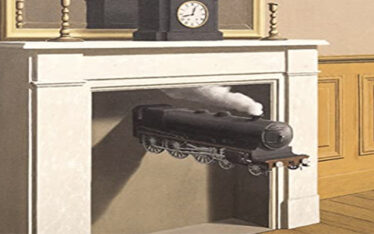
Ruston Lytvyn/Shutterstock.com
The growing pains of giving up a childhood passion is often a common casualty of coming into adulthood.
From age three into high school, I was the “ballet kid.” From the fluffy tutus in toddler recitals to the Nutcracker en pointe, ballet was my creative outlet, and an additional way to connect with my French upbringing.
Ballet provided me with a new family, a sense of community, and more importantly, a sense of purpose. Nothing outside the dance mattered while executing a routine, and dance was my refuge from the stress and responsibilities of school.
CURSED LOVE AFFAIR
In my ballet practice, there was always something to improve on; a performance was always rife for critique. This is what is so addicting about the art of ballet, this pursuit of perfection. This question of how to attain the unattainable consumed me, and my self-esteem began depending on my performance in the studio.
I felt that my performance would never be “good enough” and that, accompanied with my changing physique and longer school hours, made my self-esteem plummet.
I grew up in front of a ballet mirror, surrounded by them from age three. Confined to the same slicked-back bun, leotard, and tights, ballet’s obsession with the form and lines of the body began to take a toll on me. Leotard straps became tighter, tights became uncomfortable, and buns gave me migraines.
ANXIETY OVER ATTIRE
Dance became less of an art, and more about how I fit into the leotard or if the teacher would comment on the fact that I was wearing shorts over my required leotard. My developing body did not mirror the pictures of the dancers hanging on my studio’s walls, who all sported a very slim boyish-like figure.
My self-esteem depended on how I looked in my dance attire and was no longer about my dancing. One day during a costume fitting, my size medium costume fit perfectly except for around my chest, leading them to have to re-order another costume and sending me down a spiral of embarrassment and shame.
Eventually during my sophomore year, my low self-esteem and longer school hours overwhelmed me. This led me to leave my ballet studio and my passion behind.
variations on theme
My grades began to fall and my long hours at the studio came to a confrontation with my education. My self- esteem was ballet, and I preferred quitting all-together than to watch myself become less flexible and skilled. I felt as if I left a part of me in the dance studio.
Knowing how much I missed ballet, my best friend convinced me to take a cardio dance class with her. While I was hesitant to dance again, it ended up being nothing like ballet —no dress code, no harsh lights. Instead, I was greeted with few mirrors and a relaxed environment.
I realized moving with and feeling the music is what I desperately missed, not the unachievable perfection in ballet. This experience taught me to set boundaries for my mental health, even though it meant walking away from something I loved as it was destroying my self-image.
time for myself
I’ve carried this philosophy into other areas of my life and know the importance of taking time for myself and not letting something, whether it be dance, schoolwork, or a simple thought, consume me.
I have built a solid foundation for myself and am aware enough to realize when I should limit my relationship with something. In addition, I learned the importance of, first and foremost, becoming my own community.
I truly value taking time for myself and believe, in order for me to love myself, I need to become my own support system. I no longer measure my self-worth in terms of artificial rewards, such as a lead part in a routine or even a grade, and no longer will let an arbitrary figure dictate my happiness.
About the Article
A look inward at the impact of ballet and tight leotards on ones self-esteem.



